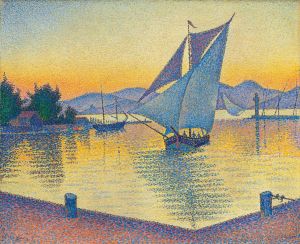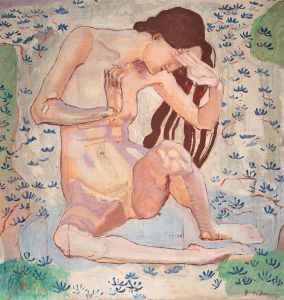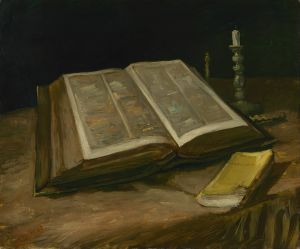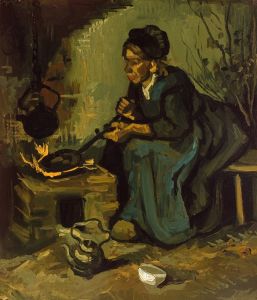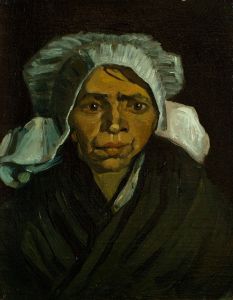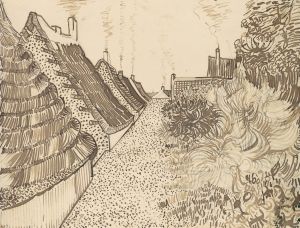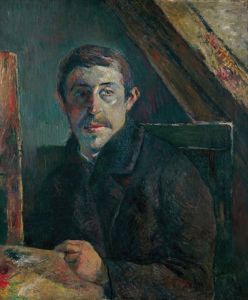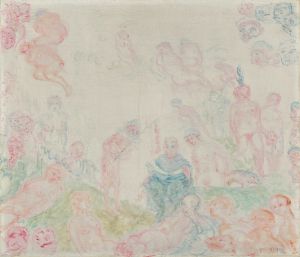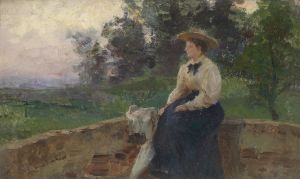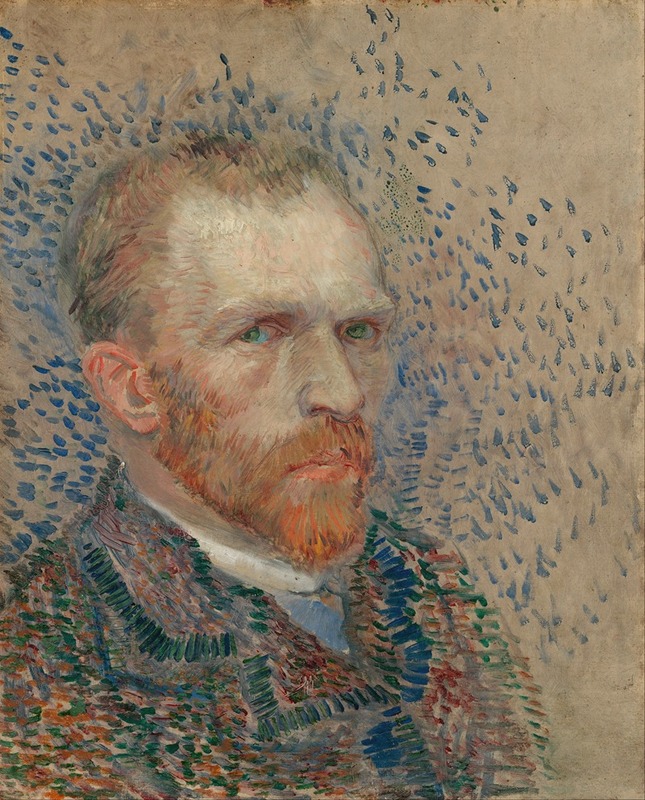
Self-portrait
A hand-painted replica of Vincent van Gogh’s masterpiece Self-portrait, meticulously crafted by professional artists to capture the true essence of the original. Each piece is created with museum-quality canvas and rare mineral pigments, carefully painted by experienced artists with delicate brushstrokes and rich, layered colors to perfectly recreate the texture of the original artwork. Unlike machine-printed reproductions, this hand-painted version brings the painting to life, infused with the artist’s emotions and skill in every stroke. Whether for personal collection or home decoration, it instantly elevates the artistic atmosphere of any space.
Vincent van Gogh, a Dutch post-impressionist painter, is renowned for his vivid and emotive use of color and expressive brushwork. Among his extensive body of work, his self-portraits hold a significant place, offering a window into his life and psyche. One of his notable self-portraits is the "Self-portrait" painted in 1889, which is housed in the Musée d'Orsay in Paris, France.
This self-portrait was created during a turbulent period in van Gogh's life. In 1889, van Gogh voluntarily admitted himself to the Saint-Paul-de-Mausole asylum in Saint-Rémy-de-Provence, France, following a series of mental health crises, including the infamous incident where he severed part of his own ear. During his time at the asylum, van Gogh produced a prolific number of works, including this self-portrait.
The painting is characterized by its swirling, dynamic brushstrokes and the use of a cool color palette dominated by blues and greens. Van Gogh's face is depicted with a more subdued and realistic approach compared to the vibrant background, which seems to pulsate with energy. This contrast highlights the introspective and contemplative nature of the portrait. His gaze is intense and direct, engaging the viewer with a sense of vulnerability and introspection.
Van Gogh's self-portraits are often seen as a means for him to explore his identity and emotional state. This particular self-portrait is no exception, reflecting both his artistic genius and his struggles with mental illness. The swirling patterns in the background are reminiscent of the style he employed in other works from this period, such as "The Starry Night," suggesting a continuity in his exploration of movement and emotion through form and color.
The "Self-portrait" from 1889 is also notable for its technical execution. Van Gogh's use of impasto, a technique where paint is laid on the canvas very thickly, adds a tactile quality to the work. This method not only enhances the visual impact of the painting but also conveys a sense of immediacy and raw emotion. The texture of the brushstrokes invites viewers to appreciate the physicality of the painting process, offering insight into van Gogh's dynamic and passionate approach to art.
This self-portrait is one of over 30 that van Gogh painted throughout his career, each offering a unique glimpse into his evolving self-perception and artistic style. The 1889 self-portrait is particularly significant as it was one of the last he completed before his death in 1890. It stands as a testament to his enduring legacy and his profound influence on the art world.
Van Gogh's self-portraits, including this one, continue to captivate audiences with their emotional depth and technical brilliance. They serve as a poignant reminder of the artist's struggle and resilience, as well as his remarkable ability to convey the complexities of the human experience through his art.





